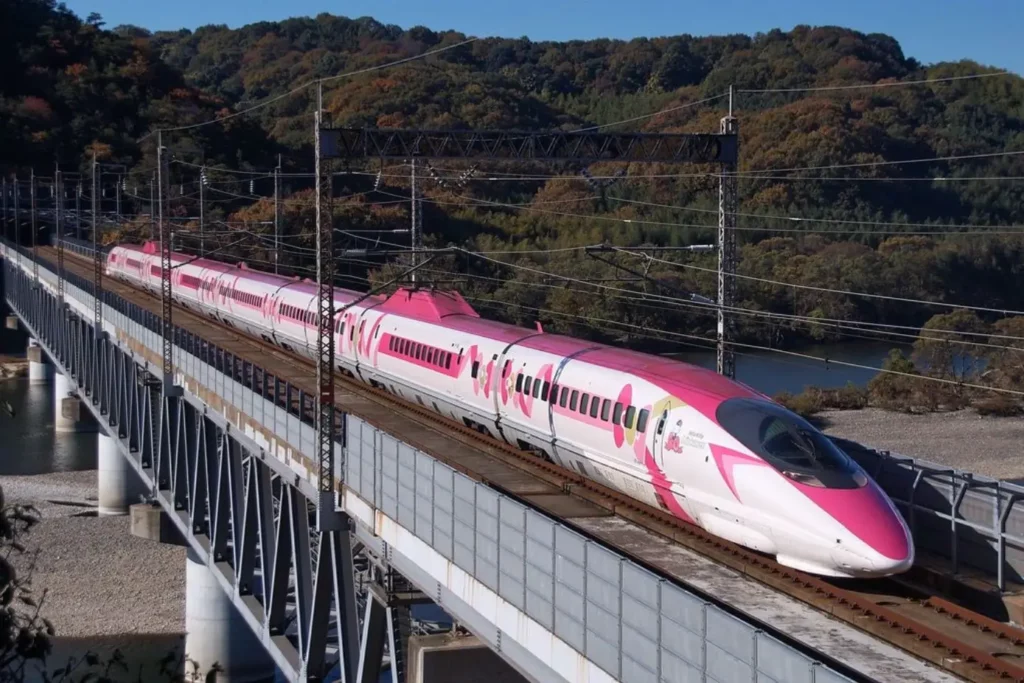Navigating Japan’s public transportation system is an integral part of the travel experience in this culturally rich and technologically advanced country. Known for its efficiency, cleanliness, and punctuality, Japan‘s transportation network is a marvel of modern infrastructure, making it incredibly easy and convenient for travelers to explore everything from bustling urban centers to serene rural landscapes. Whether you’re a first-time visitor aiming to hit all the major tourist spots or a seasoned traveler looking to explore Japan’s hidden gems, understanding the japanese public transportation system is key to a smooth and enjoyable journey.
Table of Contents
- Japanese Public Transportation Options
- Understanding the Train System
- Using Buses in Japan
- The Convenience of Taxis
- Navigating by Bicycle
Japanese Public Transportation Options
| Transportation Mode | Cost | Efficiency | Coverage | Suitability |
|---|---|---|---|---|
| Shinkansen (Bullet Trains) | High | Very High | Major Cities | Long-distance travel, time-saving |
| Local & Regional Trains | Moderate | High | Nationwide | City and regional travel, cost-effective |
| City Buses | Low | Moderate | Nationwide | Short distances within cities, areas not covered by trains |
| Long-Distance Buses | Low | Moderate | Nationwide | Budget intercity travel, night routes |
| Taxis | High | High | Nationwide, especially urban areas | Direct travel to specific destinations, late-night transport |
| Bicycles | Low (rental costs) | Variable | Urban and rural areas | Short-distance, scenic routes, flexibility |
Understanding the Japanese Train System
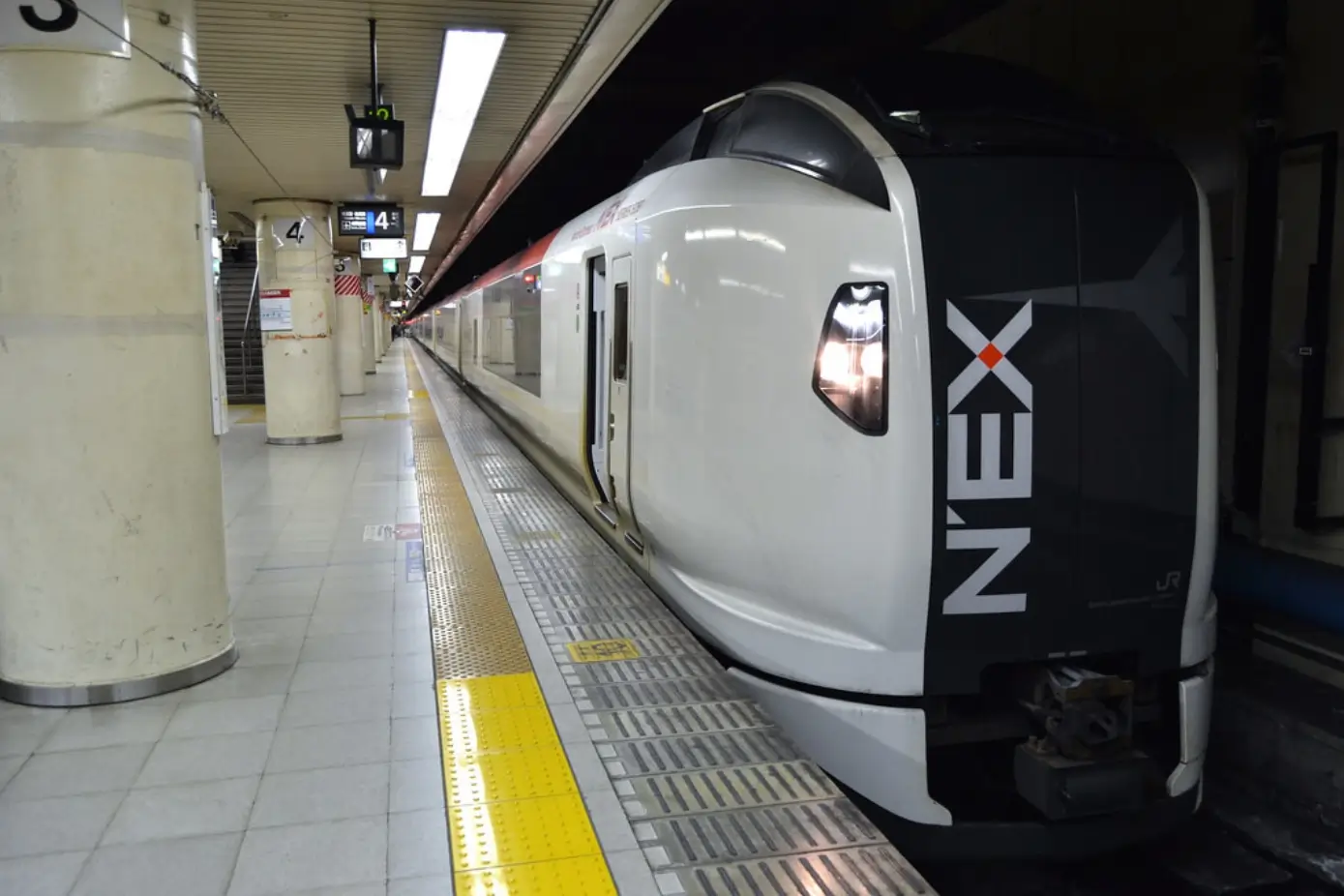
Japan’s train system is the lifeline of the country, known for its efficiency, punctuality, and extensive network. Understanding how it works can significantly enhance your travel experience in Japan.
Types of Trains
- Shinkansen (Bullet Trains): High-speed trains connecting major cities. They are fast, efficient, and a quintessential Japanese experience.
- Local Trains: Operate within cities and suburban areas. Ideal for short distances.
- Express and Limited Express Trains: Faster than local trains, stopping at fewer stations and covering longer distances. Like the Narita Express taking you from Narita airport to Tokyo.
- Regional Trains: Connect smaller towns and rural areas, offering scenic views of the countryside.
Train Categories
- JR (Japan Railways) Group: The largest operator, covering most of Japan including the Shinkansen.
- Private Railways: Operate in and around metropolitan areas like Tokyo and Osaka, often connecting with tourist attractions.
Understanding Train Tickets
- Ticket Machines: Available in all stations, with multilingual options. Tickets are based on distance traveled.
- IC Cards: Prepaid rechargeable cards (like Suica and Pasmo) can be used for most trains, buses, and even in convenience stores.
- Reserved vs. Non-Reserved Seats: Shinkansen and some express trains offer reserved seating at an extra cost. Non-reserved seats are based on a first-come, first-served basis.
Navigating Stations and Platforms
- Station Signage: Signs in English indicate platforms, exits, and transfer information.
- Platform Information: Displays train destinations and departure times. Some trains split and go to different destinations, so checking the train number and destination is crucial.
Using Rail Passes
- Japan Rail Pass: Offers unlimited travel on most JR trains for tourists at a fixed price. It’s economical for long-distance travel and must be purchased before arriving in Japan.
- Regional Passes: Available for specific areas, like the JR East Pass or Kansai Area Pass, offering unlimited travel within the designated region.
Tips for Smooth Train Travel in Japan
- Peak Hours: Trains can be crowded during morning and evening rush hours, especially in big cities.
- Luggage on Trains: Space for large luggage is limited, especially on Shinkansen. Some trains have luggage storage areas at the ends of the cars.
Planning Your Train Travel
- Apps and Websites: Use Hyperdia or Google Maps for train schedules, routes, and fare calculations.
- Timeliness: Japanese trains are extremely punctual, so it’s advisable to arrive at the station a few minutes before the scheduled departure time.
Using Buses in Japan
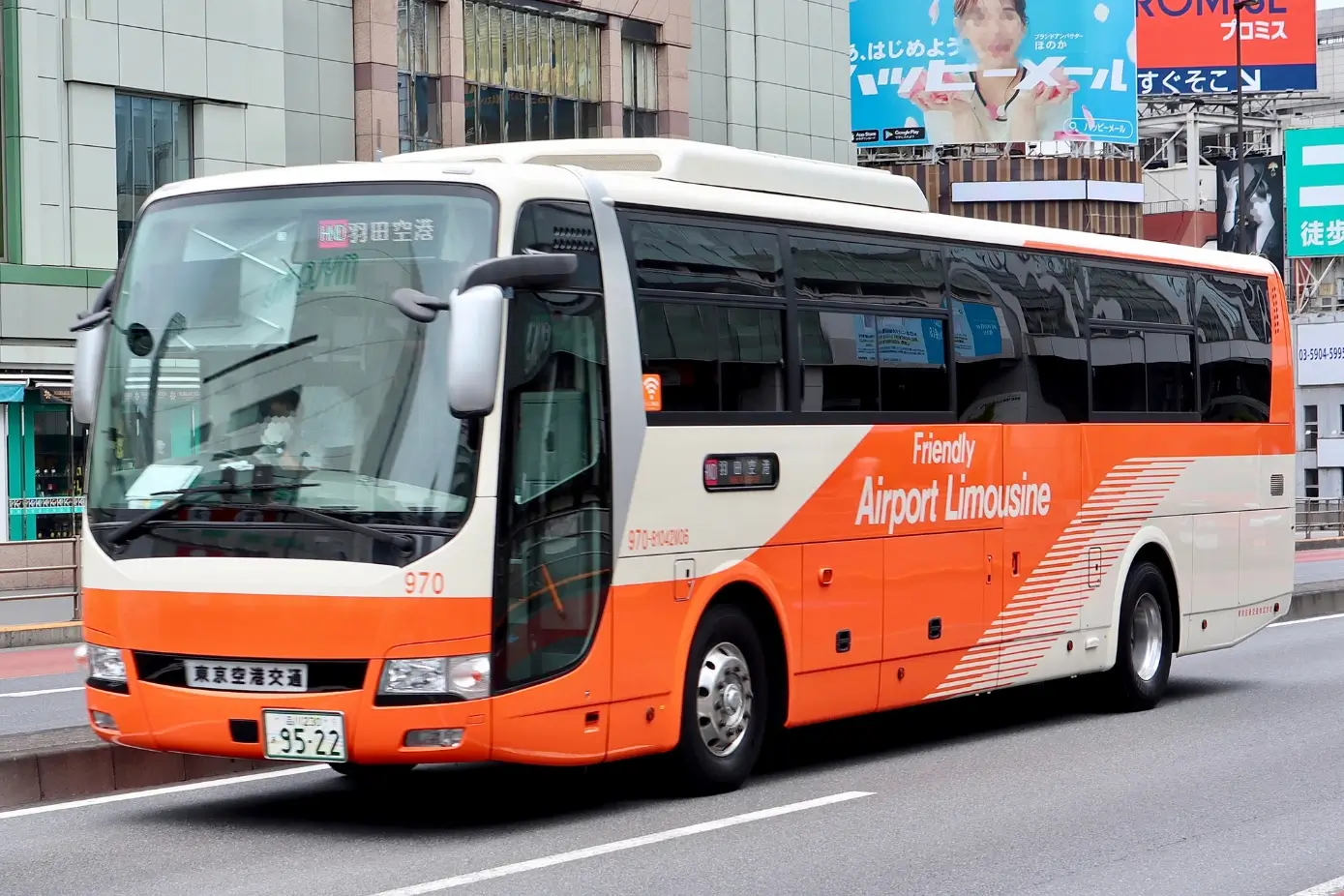
Buses in Japan complement the train system, providing access to areas that are off the beaten path or not serviced by trains. Whether it’s a short city trip or a longer journey across prefectures, buses offer a practical and often scenic way to explore the diverse landscapes of Japan, from the bustling streets of Shibuya to the serene countryside.
City Buses: Navigating Urban Areas
- Coverage: City buses cover areas that are beyond the reach of train networks, ideal for reaching specific destinations within cities.
- Routes and Stops: Buses operate on fixed routes with designated stops. Route maps and timetables are usually available at bus stops and online.
- Payment: Fares can be paid with cash or an IC card. If paying with cash, exact change is often necessary, as drivers usually don’t provide change.
Long-Distance Buses: An Alternative to Trains
- Cost-Effective: Long-distance or highway buses are a budget-friendly alternative to trains for traveling between cities.
- Comfort and Convenience: Many long-distance buses offer amenities like reclining seats, restrooms, and Wi-Fi, ensuring a comfortable journey.
- Reservations: For popular routes, it’s advisable to book your tickets in advance, either online or at bus terminals.
Tips for Bus Travel in Japan
- Bus Passes: In tourist-friendly cities, look for day passes that offer unlimited travel on local buses.
- Boarding and Alighting: In most cities, you board the bus from the rear door and exit through the front door. Pay the fare when alighting.
- Timeliness: Japanese buses are known for their punctuality. Arrive at the bus stop a few minutes before the scheduled departure time.
Using Buses for Sightseeing
- Tourist Buses: Some cities offer special sightseeing buses that cover major tourist attractions, often accompanied by multilingual audio guides.
- Hop-On Hop-Off Buses: Available in major tourist destinations, these buses allow flexible travel and are an easy way to see the top sights.
Accessibility
- Wheelchair Accessibility: Many city buses are equipped with facilities for wheelchair users, including ramps and designated seating.
Understanding Bus Etiquette
- Quietness: Conversations should be kept at a low volume, and phone calls are generally discouraged.
- Luggage: Keep your luggage in designated areas or on your lap to avoid obstructing the aisle.
The Convenience of Taxis
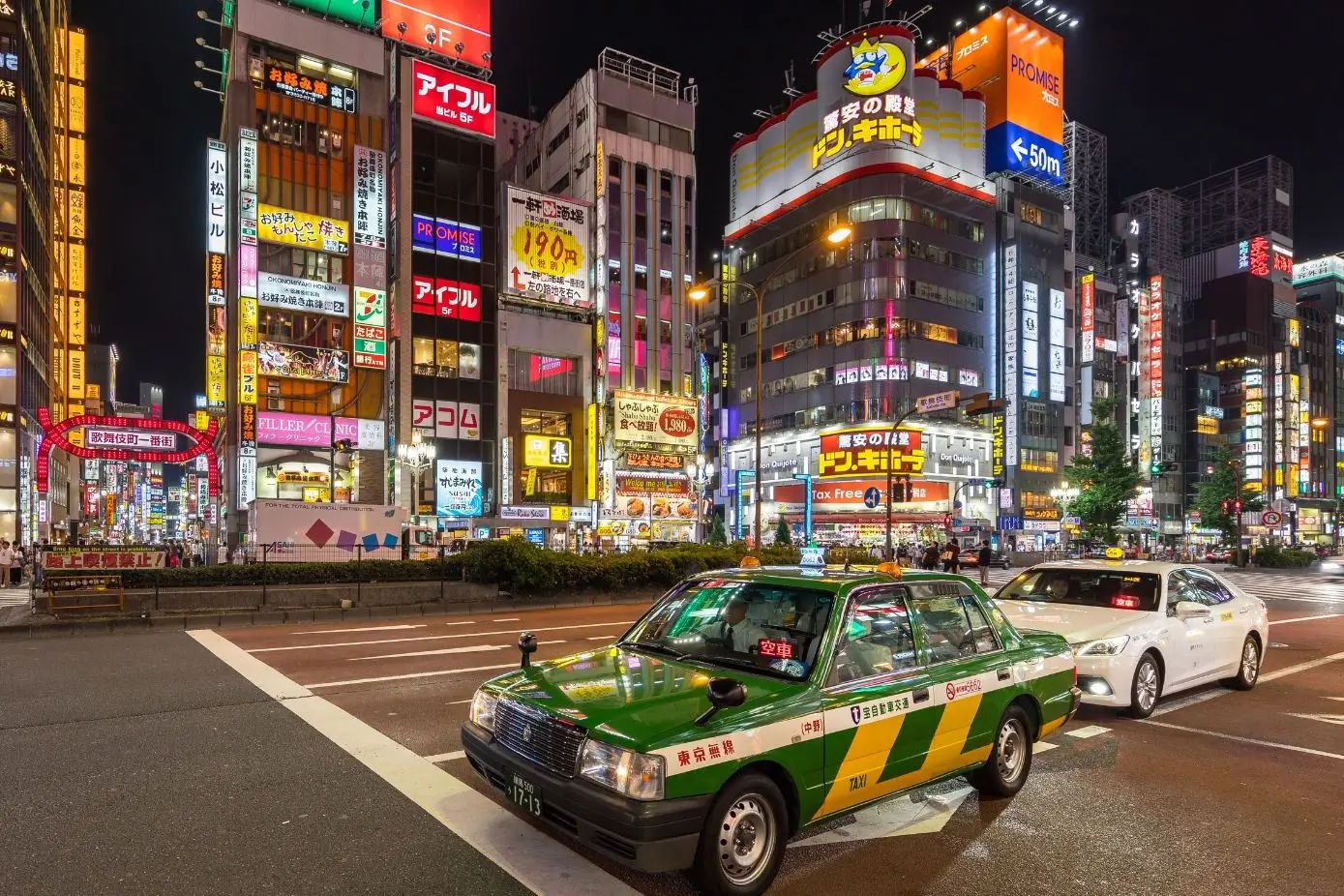
Taxis in Japan, with their reliability and availability, provide an excellent transportation option for travelers. They are particularly useful for direct travel to destinations, late-night rides, or when carrying heavy luggage. Whether you’re heading out for a day of exploring the best things to do in Ueno or catching an early flight from Narita, taxis offer a stress-free way to get to your destination comfortably and efficiently.
Availability and Ease of Use
- Ubiquitous Presence: Taxis in Japan are readily available, particularly in urban areas, near train stations, and popular tourist spots.
- Flagging Down a Taxi: You can hail a taxi on the street, find one at designated taxi stands, or have your hotel call one for you.
Understanding Taxi Fares
- Metered Fares: Taxis in Japan use a meter system. The fare starts with a fixed amount and increases with distance and time.
- Fare Display: Fares are clearly displayed on the meter. Extra charges may apply for late-night rides, tolls, or large luggage.
Features of Japanese Taxis
- Automatic Doors: Most taxis have automatic doors controlled by the driver, so there’s no need to open or close the door yourself.
- Cleanliness and Comfort: Taxis are known for their cleanliness, comfort, and the professionalism of the drivers.
Tips for Using Taxis in Japan
- Address in Japanese: It’s helpful to have your destination written in Japanese or show it on your phone, especially if the driver doesn’t speak English.
- Taxi Apps: Apps like JapanTaxi are useful for booking taxis and providing fare estimates.
- Receipts: Always ask for a receipt (ryōshūsho) in case you leave something behind or for expense tracking.
When to Use Taxis in Japan?
- Convenient for Groups: Splitting the fare among a group can make taxi rides more economical.
- Late-Night Transportation: Ideal when trains and buses have stopped running, ensuring safe travel back to your accommodation.
Language Barrier
- English Proficiency: While not all taxi drivers are fluent in English, they are generally accustomed to assisting foreign passengers. Here are some basic japanese phrases to help you for your next trip.
- Communication Tools: Having a translation app can be handy for communicating your destination or any specific instructions.
Navigating by Bicycle
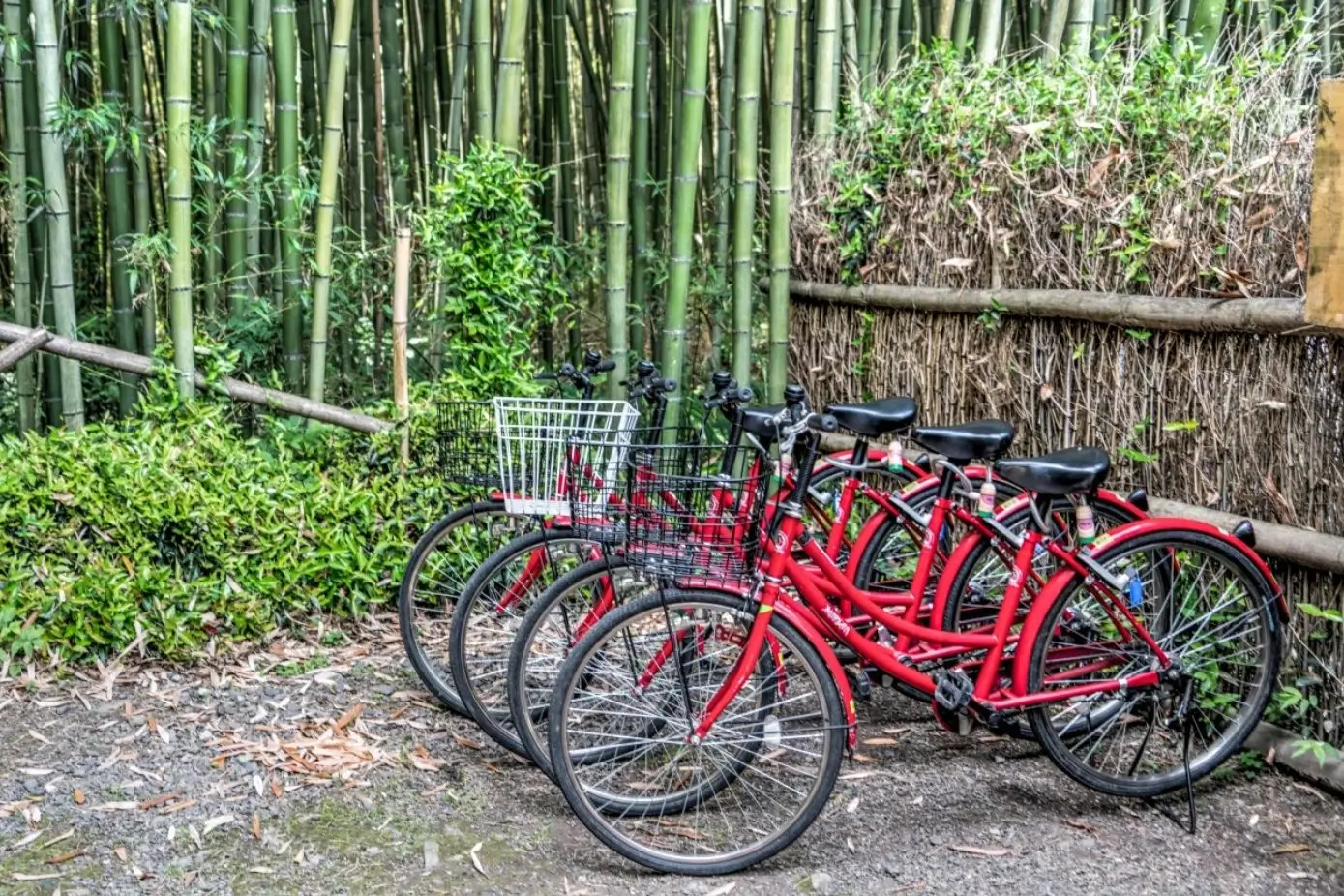
Exploring Japan by bicycle is not only an eco-friendly option but also a wonderful way to experience the country’s landscapes and cityscapes at a leisurely pace. Japan offers a cyclist-friendly environment with numerous bike rental options, making it easy and enjoyable to navigate both urban and rural areas on two wheels.
Bicycle Rentals and Tours
- Rental Shops: Most major cities and tourist destinations in Japan have bicycle rental shops. They are often conveniently located near train stations.
- Cycling Tours: Many cities, particularly those with significant tourist attractions like Kyoto and Tokyo, offer guided cycling tours – a great way to see the sights with local insight.
Cycling in Japanese Cities
- Bike Lanes: While not as prevalent as in some Western countries, many Japanese cities have designated cycling lanes. Otherwise, cyclists are expected to use the roads or designated paths.
- Parking: It’s important to use designated bicycle parking areas to avoid fines. Unauthorized parking, especially in crowded city areas, can lead to bicycles being impounded.
Rules and Safety
- Traffic Rules: Cyclists are subject to the same rules as motorists and should always adhere to traffic signals and signs.
- Helmets: Helmet use is not mandatory in Japan, but wearing one is advisable for safety, especially for tourists unfamiliar with the local traffic conditions.
Long-Distance Cycling
- Cycling Routes: Japan offers several long-distance cycling routes. The Shimanami Kaido, which connects Honshu to Shikoku over a series of islands, is particularly famous for its scenic beauty.
- Preparation: For longer rides, ensure your bicycle is in good condition, and you have the necessary gear, including a repair kit, water, and snacks.
Benefits of Cycling in Japan
- Scenic Explorations: Cycling allows you to explore areas that might be missed by car or public transport, from hidden alleyways in cities to rural backroads.
- Health and Environment: It’s a healthy, environmentally friendly way to travel, offering a more immersive experience of Japan’s diverse landscapes.
Practical Tips
- Cultural Courtesy: While cycling, be mindful of pedestrians and other cyclists, maintaining a polite and safe distance.
- Storage and Security: Always lock your bicycle when leaving it unattended, even in safe areas.
Final Thoughts
Navigating Japan’s varied and extensive transportation options is a journey in itself, one that adds to the richness and enjoyment of your travel experience in this fascinating country. Whether you’re rushing through the neon-lit streets of Tokyo or meandering through the scenic countryside around Kyoto, Japan’s transportation system will be an indispensable part of your adventure.
FAQ
Major cities and tourist destinations have signage and information in English, making navigation relatively straightforward.
Use apps like Google Maps or Hyperdia for accurate and up-to-date transit information.
The Shinkansen (bullet train) is the fastest and most convenient way to travel between major cities like Tokyo, Kyoto, and Osaka. For budget travelers, highway buses are a cost-effective alternative, though they take longer.
Yes, Japan is continually improving accessibility in public transportation. Most train stations and many bus systems are equipped with facilities for travelers with disabilities, including elevators, escalators, and accessible restrooms.

